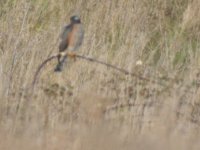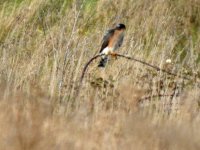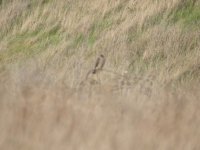Earnest lad
Well-known member
Were all three pics you took of the bird in the same position and from the same spot?
I was just thinking the white blob that can be seen on this photo appears to coincide with the top-most part of a stem of a plant that is projecting upwards in a "north easterly" direction towards the head of the bird and the white blob almost appears to me to protude in the same direction as if it is the flower of the plant in question.
I could well be very wrong here though.
I was just thinking the white blob that can be seen on this photo appears to coincide with the top-most part of a stem of a plant that is projecting upwards in a "north easterly" direction towards the head of the bird and the white blob almost appears to me to protude in the same direction as if it is the flower of the plant in question.
I could well be very wrong here though.
Last edited:









